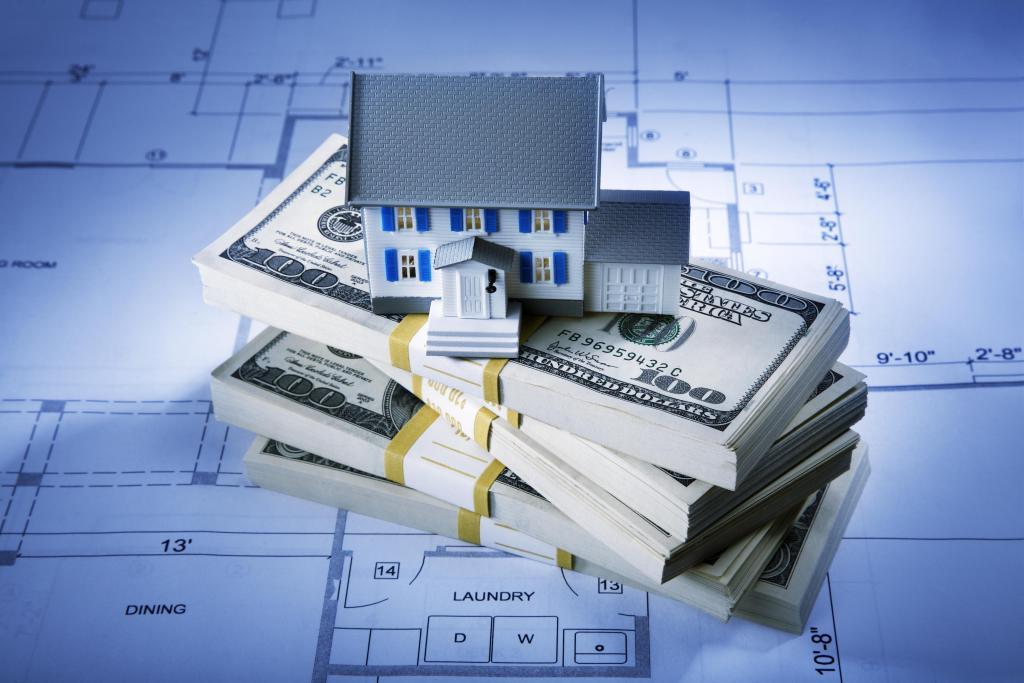Is your mortgage a huge pain? For many homeowners, a mortgage that initially sounded like a great deal becomes financially frustrating. Refinancing your mortgage can lower your interest rate, shorten your loan, or even change your mortgage altogether.
While refinancing isn’t the right choice for every homeowner, when done correctly it can be a huge financial help. If you’re wondering if you should refinance your mortgage, the following are the best reasons to refinance.
 1. Get a Lower Interest Rate
1. Get a Lower Interest Rate
One of the most common reasons people refinance a mortgage is to get a lower interest rate. A lower interest rate could save you thousands of dollars over the lifetime of your loan – and, according to Forbes¹, the average homeowner can save $3,000 per year by refinancing to a lower interest rate. Right now, Bankrate² writes that mortgage interest rates are dropping, falling three points after hitting a seven-year high and making it an excellent time to refinance for better interest.
In addition to saving you money and reducing your monthly payments, lowering your interest rate can also help you build equity quicker. This increases your financial security, as you’ll be in a better position to make your monthly payments even during times of financial difficulty. Spending less on interest lets you put more money towards your principal, or save more money for other expenses.
2. Shorten the Loan Term
Refinancing your mortgage can shorten the term, or length, of your loan. Shortening your mortgage term offers two big benefits: you’ll spend fewer years making monthly payments, and you’ll pay off the principal faster. And shortening the loan’s length also reduces the interest you’ll pay.
By refinancing, you may be able to reduce the term of your mortgage substantially. It might be possible to reduce the term of your mortgage from 30 to 20 years or, even better, to only 15 years. Either of these options could save you tens of thousands of dollars over the life of the loan. For example, as Metro Credit Union³ explains, if the term of a $200,000 mortgage is reduced from 30 years to 15 years and the interest rate is reduced from four percent to 3.02 percent, you would save about $100,000.
3. Adjust to a Fixed Rate Loan
Adjustable rate mortgages (ARMs) typically offer lower interest rates and lower monthly payments over a short introductory period, such as five years. Once that time period ends, both the interest rate and the monthly payments increase significantly.
Mortgage101⁴ reports homeowners with ARMs can see rate increases of as much as two percent per year – or more. When this is the case, converting to a fixed-rate mortgage by refinancing may be a good option. Refinancing allows you to get a new mortgage with a new term, new interest rate, and new monthly payments. It might even be possible to convert your ARM to a fixed-rate mortgage and secure a better rate at the same time. Refinancing to get a fixed-rate loan could save you significantly when it comes to interest and payment increases over the lifetime of your mortgage.
Shop Around for Your Best Refinancing Deal
You’re likely used to shopping around for things like cell phones, TVs, cars. However, homeowners are often reluctant to shop around for a mortgage – and shopping around to compare mortgage terms and interest rates can pay off in a big way.
Mortgage providers are in competition with each other and offer different terms and rates. Before you decide on whether or not you want to refinance, you should take the time to shop around for refinance options so you can find the plan that offers the best value. Make sure the plan you choose will provide measurable benefits over the life of the loan, such as lowering your monthly payments, reducing the term of your loan, or boosting your equity. Refinancing your mortgage should pay off for you first and foremost.
Like anything, it’s always a good idea to be aware of the latest research. We recommend comparing at least 3 or 4 options before making a final decision. Doing a search online is typically the quickest, most thorough way to discover all the pros and cons you need to keep in mind.


